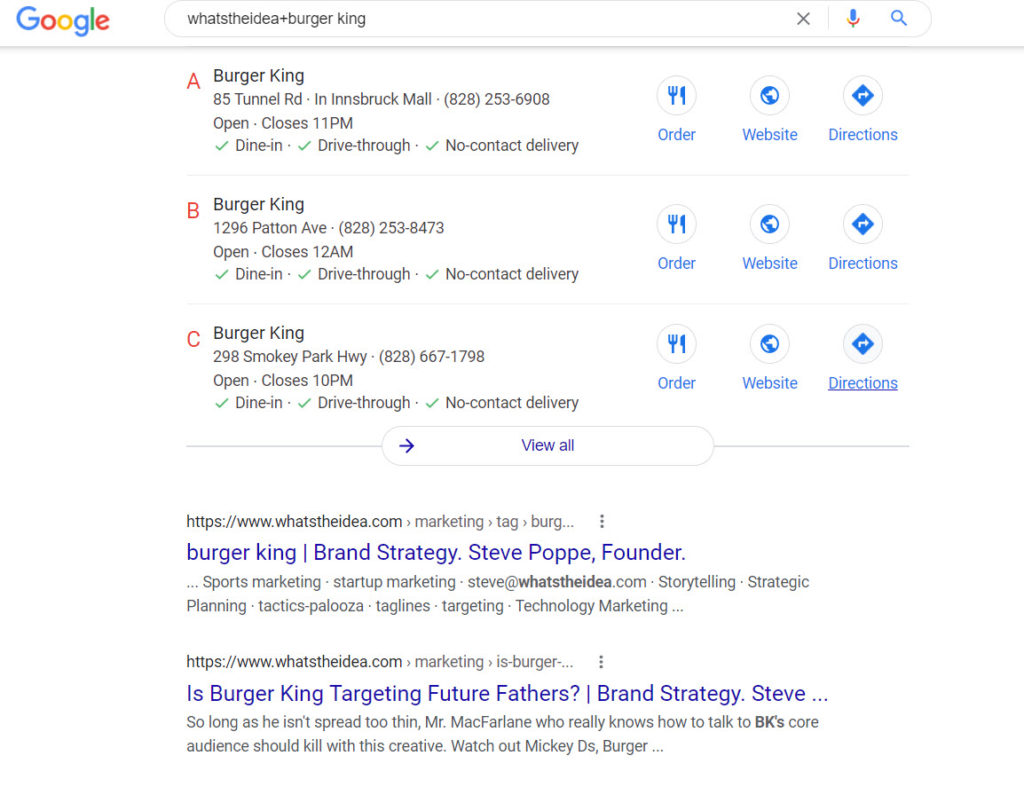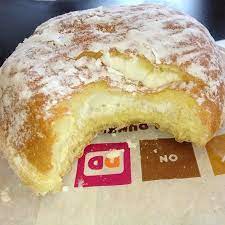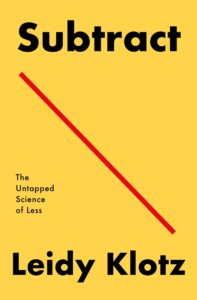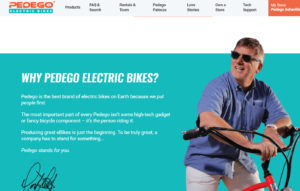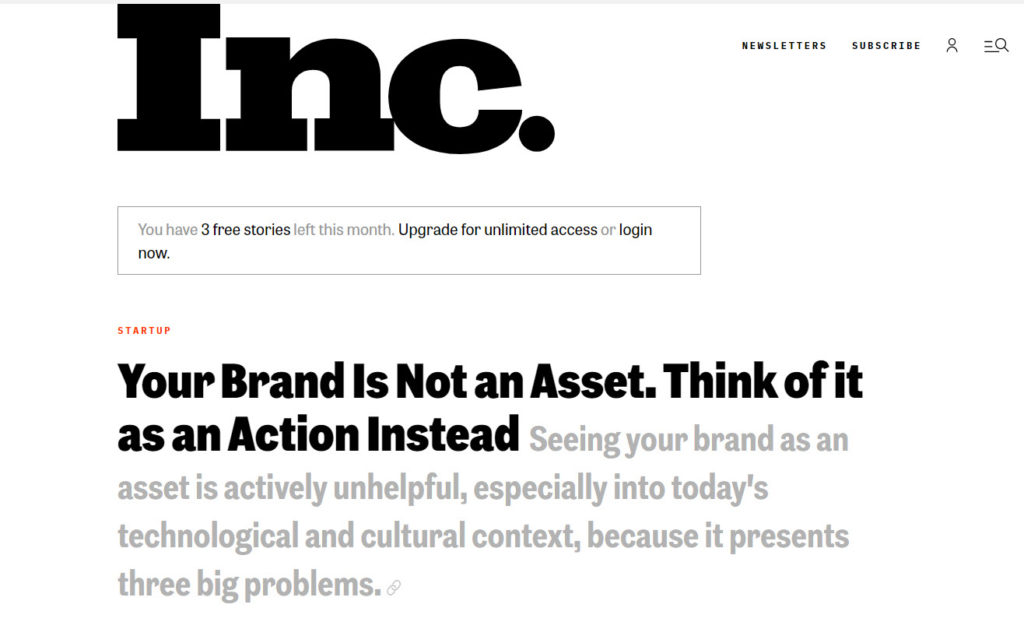Is-Does In The House.
Every once-in-a-while when reviewing Google Analytics I come across one of my blog posts someone clicked on…and I like to read it just to see where my head was at.
In one such, I uncovered this descriptor sentence “I run an evidence-based brand planning shop.” Over the years, there have been many ways I described What’s The Idea? but this may be one of the best. From an inside baseball standpoint, it points to my claim and proof framework, a unique differentiator. And while claim and proof are not overly complicated words they do require a bit of explanation.
The words “brand planning shop” don’t say brand strategy but imply it. And, of course, “evidence-based” centers the narrative around science, not marketing ephemera. Not marko-babble.
I need to start using this meme-able phrase in my self-marketing more. When I speak about a brand Is-Does, what a brand Is and what a brand Does, evidence-based brand planning shop gets me close.
Peace.


